In the last decade we’ve seen country after country around the world take steps forward in their journey towards legalising same-sex marriage, and LGBTQ+ lives are more visible than they’ve ever been before. That being said, history hasn’t always been kind to historic same-sex couples, which means that, more often than not, we’ve been written out of the history books.
To right that wrong, we’ve compiled some of the most iconic historic same-sex couples who defied the odds.
Oscar Wilde and Lord Alfred Douglas
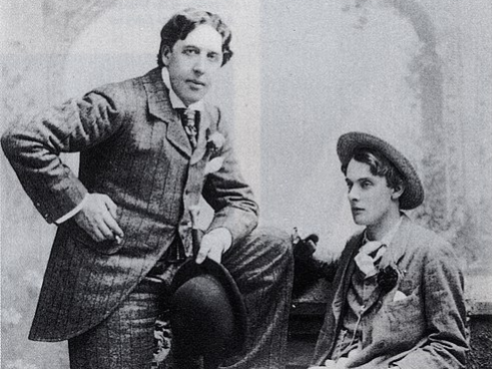
While happy endings certainly weren’t a hallmark of historic same-sex romances, few have a more tragic ending than that of Oscar Wilde and Lord Alfred Douglas.
Wilde, an Irish poet and one of the first ‘celebrities’, was no stranger to same-sex relationships. Despite being married to a woman, Constance Lloyd, Wilde is largely remembered for the relationships he had with other men, namely, Lord Alfred Douglas.
Wilde and Douglas were in a romantic relationship for more than a decade before disaster struck. In 1895, Oscar Wilde was put on trial for sodomy and gross indecency, with the lawsuit spearheaded by Douglas’s own father, the Marquess of Queensbury. Wilde was later charged and imprisoned in Reading Gaol only to die shortly after serving time. Following Wilde’s death, Douglas reportedly wrote that Wilde “was one of the most powerful forces for evil that has happened in Europe for the last 300 years. I do not know of any man who more truly and literally sold himself to the devil than he did.”
Anne Bonny and Mary Read
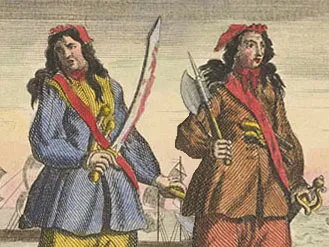
Get ready to sail the seven seas with our next same-sex historical couple: Anne Bonny and Mary Read. These lesbian pirates’ set sail for romance way back in 1720.
By dressing as men, Bonny and Read gained passage on Jack Rackham’s pirate ship. To outsiders, Read was seen as the man in their relationship, using the alias Mark Read. When Captain Calico Jack Rackham discovered Read and Bonny’s secret relationship, some say that the captain was unbothered, and even entered into a polyamorous relationship with the two women.
Frida Kahlo and Josephine Baker
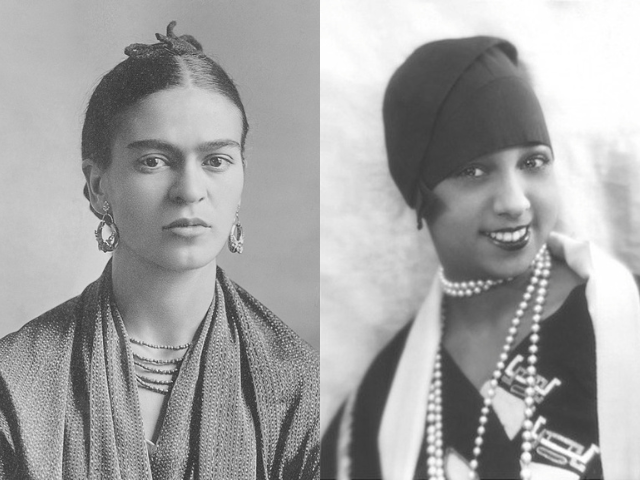
Even within the last century, LGBTQ+ love stories have been suppressed by the history books, including the relationship between prolific Mexican artist Frida Kahlo and French dancer Josephine Baker. Despite being married to fellow artist Diego Rivera, Kahlo began having a string of lesbian affairs with historical figures like Georgia O’Keefe, Chavela Vargas, and Dolores Del Rio.
Kahlo first met Baker in a nightclub in 1939. Having recently divorced her ex-husband, Kahlo traveled to Paris for an art exhibition. It was on this trip that Kahlo and Baker met for the first time. Together, the pair paved the way for countless other women’s rights advocates to come.
Khnumhotep and Niankhkhnum
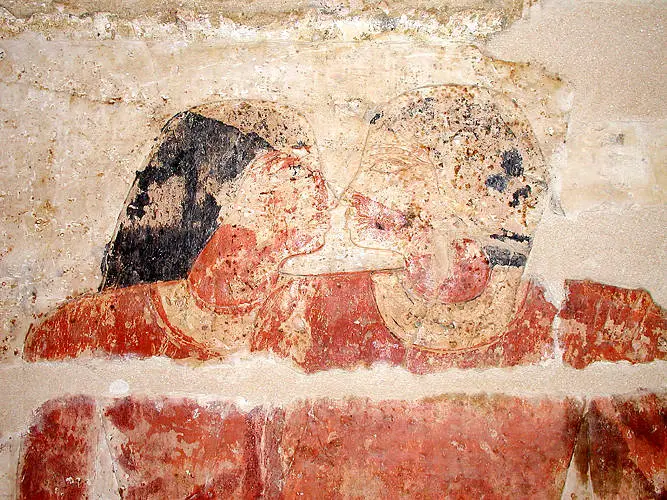
People have been entering into same-sex relationships for centuries, even all the way back in Ancient Egypt. Even so, archaeologists and historians were surprised when they discovered the mummified remains of Khumhotep and Niankhkhnum, a gay couple from the 25th century BC.
When the mens’ remains were discovered in 1964, archaeologists thought that they had been buried together as brothers. It was not until 1990 that Egyptologist, Greg Reeder, confirmed that Khnumhotep and Niankhkhnum were more likely a gay couple. The mens’ bodies were discovered with their faces pressed nose-to-nose, a pose that was reserved for deceased married couples.
Marcela Gracia Ibeas and Elisa Sanchez Loriga
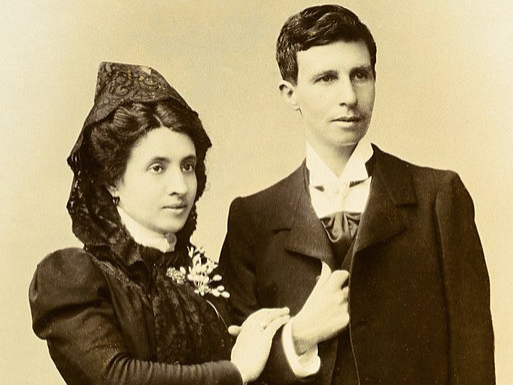
While many of the same-sex couples on our list were forced to spend most of their relationships in the closet due to homophobia, Marcela Gracie Ibeas and Elisa Sanchez Loriga became the first same-sex couple in history to get married when they tied the knot in 1901.
How did these two women manage to get married at the turn of the 20th century when same-sex marriage wouldn’t be legalised anywhere in the world until well into the 21st century? Well, after meeting in Spain in their youth, Ibeas and Loriga reunited as adults where their friendship transformed into a romantic relationship. As they grew together, Loriga began to dress in a more masculine fashion and later took on the identity of her late cousin Mario. Under her hidden identity, Loriga and Ibeas hoodwinked the Spanish government and were married in 1901.
Virginia Woolf and Vita Sackville-West
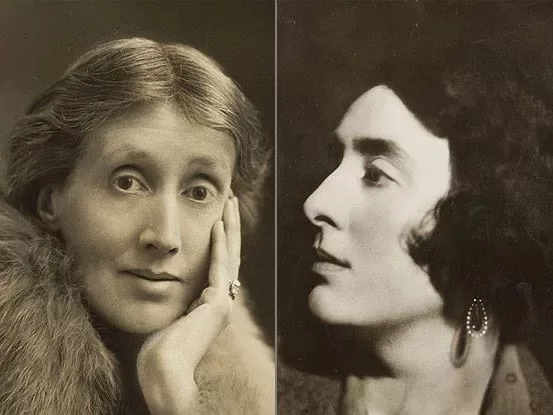
If anyone was afraid of Virginia Woolf, it certainly wasn’t her lesbian lover, Vita Sackville-West. The two women first crossed paths at a 1920’s dinner party where Vita pitched a book idea to the established writer. While Sackville-West was married, the two became lovers and confidants after that night.
The women were together for more than a decade, with West providing the inspiration for Woolf’s 1928 novel Orlando: A Biography, a story with a gender-shifting protagonist. While the two parted ways shortly after Orlando was released, they remained on good terms with one another. Their husbands, too, were respectful and aware of their wives’ affair, and never attempted to interfere or deny their wives’ sexual desires.
Emperor Hadrian and Antinous
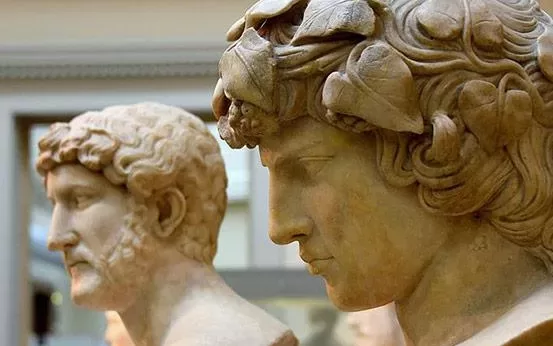
While sexual and romantic relationships between men were not uncommon in Rome, they were only acceptable if they met certain conditions. One of those conditions was that the coupling consist of an older and a younger man, as was the case with Roman Emperor Hadrian and his young confidant Antinous.
Hadrian ruled as the Emperor of the Roman Empire for more than 20 years from 117 to 138 AD. Antinous frequently traveled alongside the Emperor on his journey’s throughout the empire. In 130 AD, Antinous tragically drowned. As a result, Hadrian went into a years-long mourning period. During this time, Hadrian filled his palace with statues of his late lover, as well as naming flowers and stars in his honour.
In later years, Antinous was deified by a Roman cult and worshiped as a god until the end of the fourth century.
© 2023 GCN (Gay Community News). All rights reserved.
Support GCN
GCN is a free, vital resource for Ireland’s LGBTQ+ community since 1988.
GCN is a trading name of National LGBT Federation CLG, a registered charity - Charity Number: 20034580.
GCN relies on the generous support of the community and allies to sustain the crucial work that we do. Producing GCN is costly, and, in an industry which has been hugely impacted by rising costs, we need your support to help sustain and grow this vital resource.
Supporting GCN for as little as €1.99 per month will help us continue our work as Ireland’s free, independent LGBTQ+ media.
